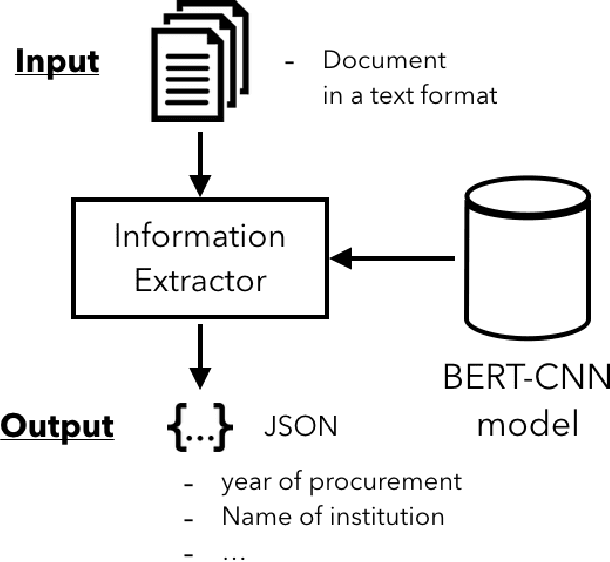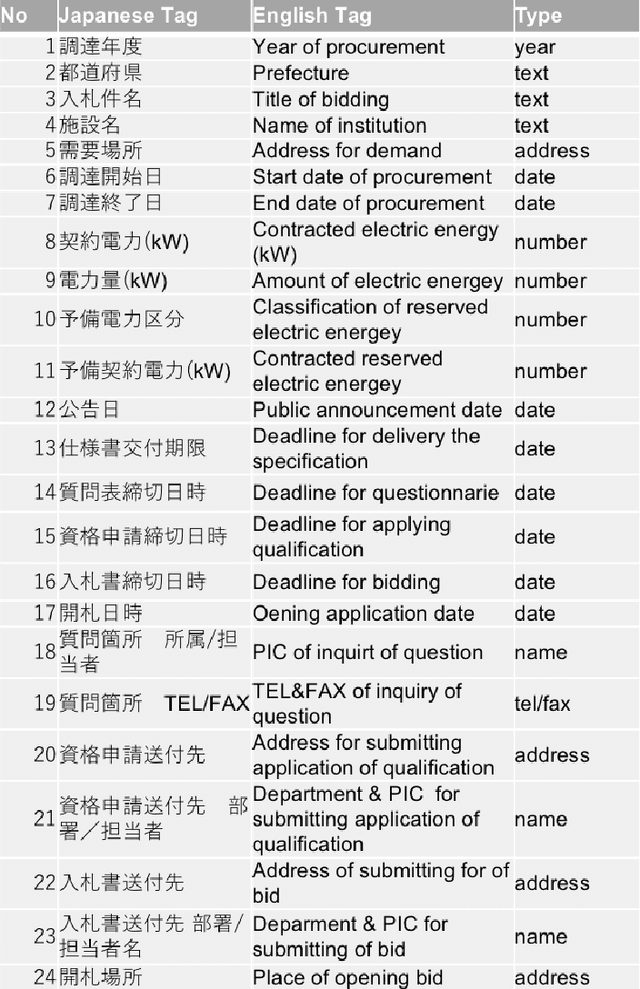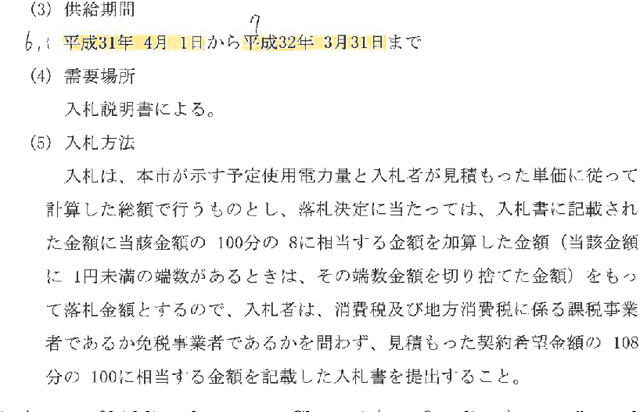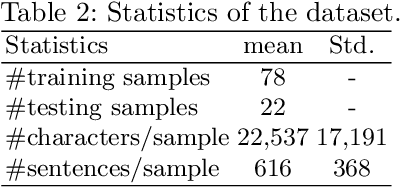Le Tien Dung
Real-Time Magnetic Tracking and Diagnosis of COVID-19 via Machine Learning
Nov 01, 2023



Abstract:The COVID-19 pandemic underscored the importance of reliable, noninvasive diagnostic tools for robust public health interventions. In this work, we fused magnetic respiratory sensing technology (MRST) with machine learning (ML) to create a diagnostic platform for real-time tracking and diagnosis of COVID-19 and other respiratory diseases. The MRST precisely captures breathing patterns through three specific breath testing protocols: normal breath, holding breath, and deep breath. We collected breath data from both COVID-19 patients and healthy subjects in Vietnam using this platform, which then served to train and validate ML models. Our evaluation encompassed multiple ML algorithms, including support vector machines and deep learning models, assessing their ability to diagnose COVID-19. Our multi-model validation methodology ensures a thorough comparison and grants the adaptability to select the most optimal model, striking a balance between diagnostic precision with model interpretability. The findings highlight the exceptional potential of our diagnostic tool in pinpointing respiratory anomalies, achieving over 90% accuracy. This innovative sensor technology can be seamlessly integrated into healthcare settings for patient monitoring, marking a significant enhancement for the healthcare infrastructure.
Transfer Learning for Information Extraction with Limited Data
Mar 06, 2020



Abstract:This paper presents a practical approach to fine-grained information extraction. Through plenty of experiences of authors in practically applying information extraction to business process automation, there can be found a couple of fundamental technical challenges: (i) the availability of labeled data is usually limited and (ii) highly detailed classification is required. The main idea of our proposal is to leverage the concept of transfer learning, which is to reuse the pre-trained model of deep neural networks, with a combination of common statistical classifiers to determine the class of each extracted term. To do that, we first exploit BERT to deal with the limitation of training data in real scenarios, then stack BERT with Convolutional Neural Networks to learn hidden representation for classification. To validate our approach, we applied our model to an actual case of document processing, which is a process of competitive bids for government projects in Japan. We used 100 documents for training and testing and confirmed that the model enables to extract fine-grained named entities with a detailed level of information preciseness specialized in the targeted business process, such as a department name of application receivers.
 Add to Chrome
Add to Chrome Add to Firefox
Add to Firefox Add to Edge
Add to Edge